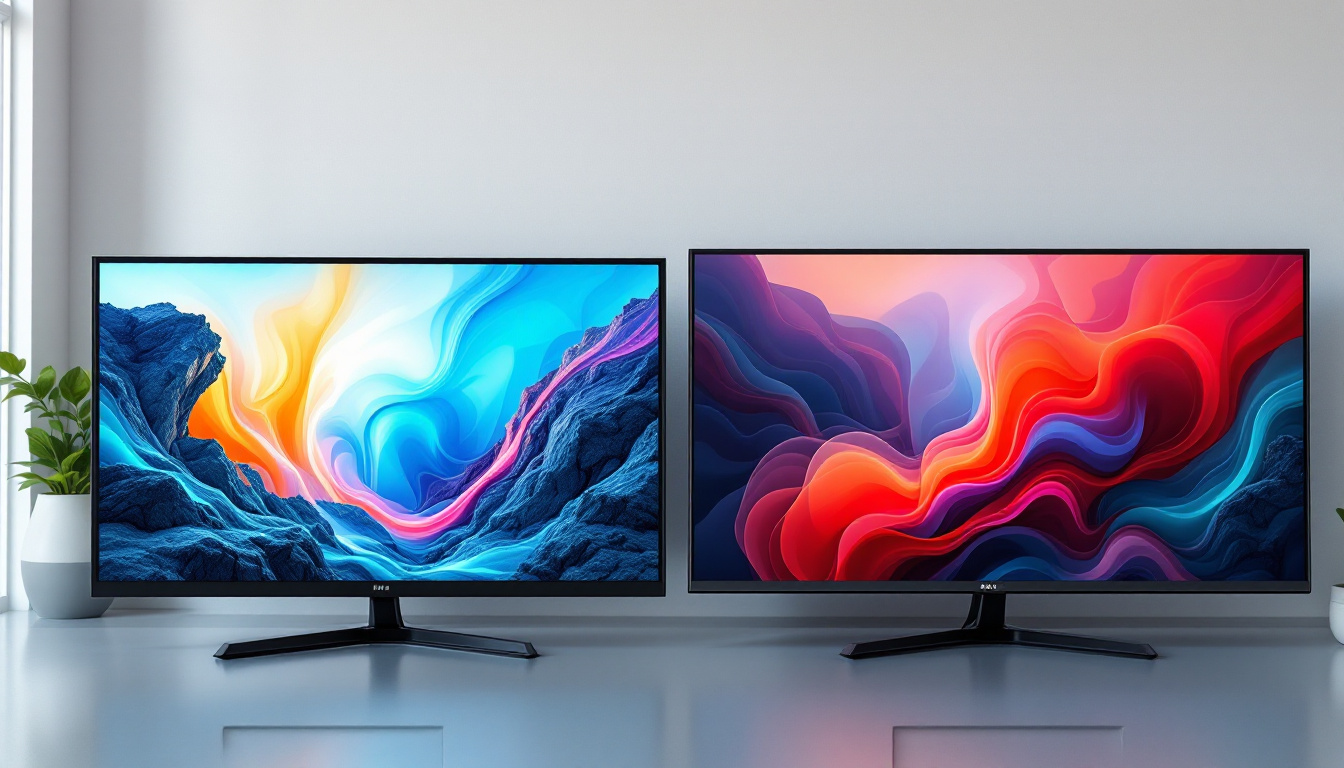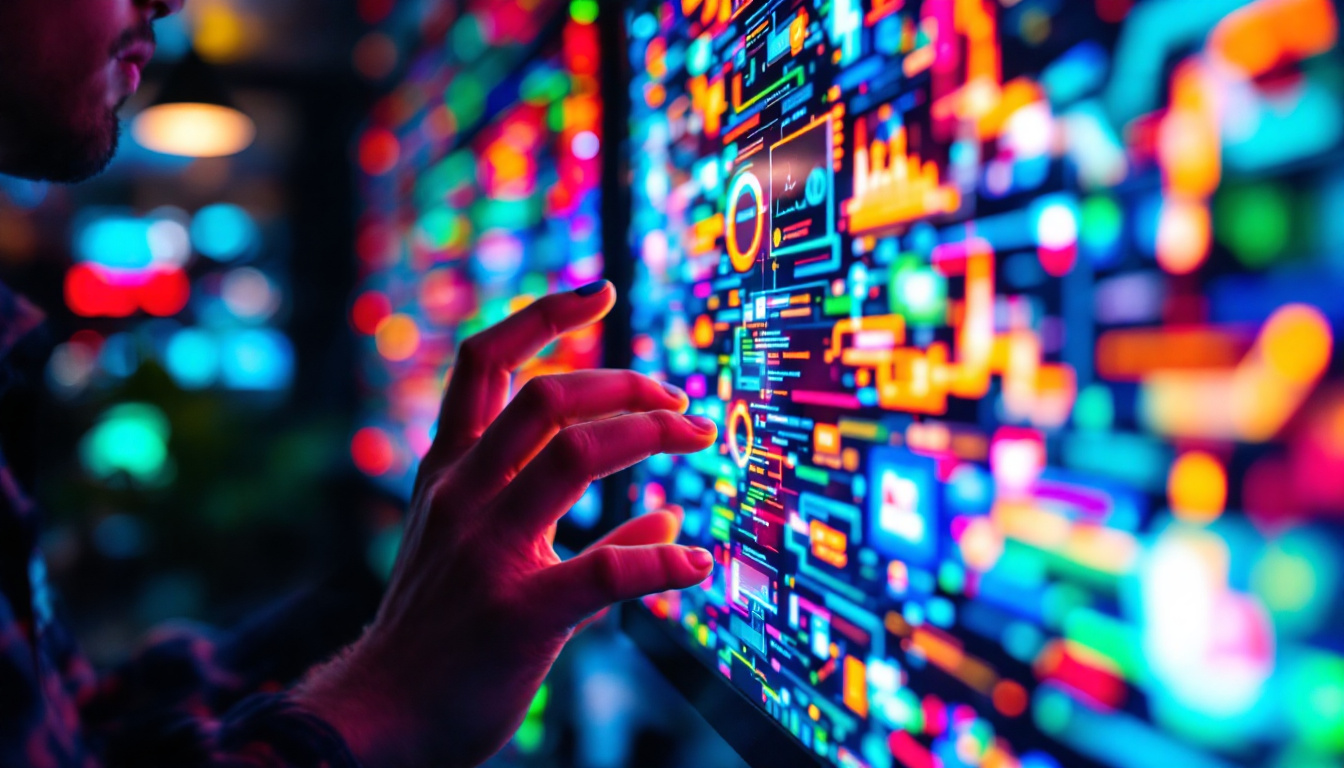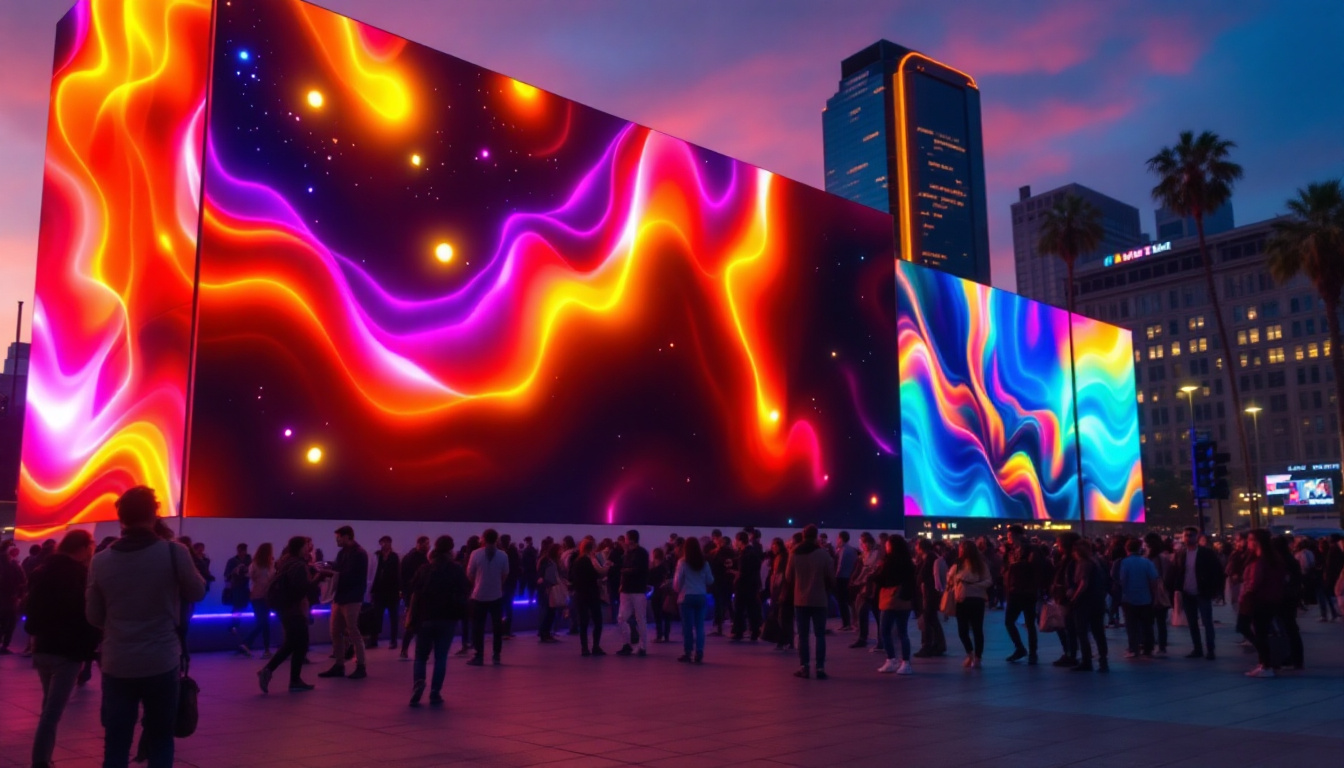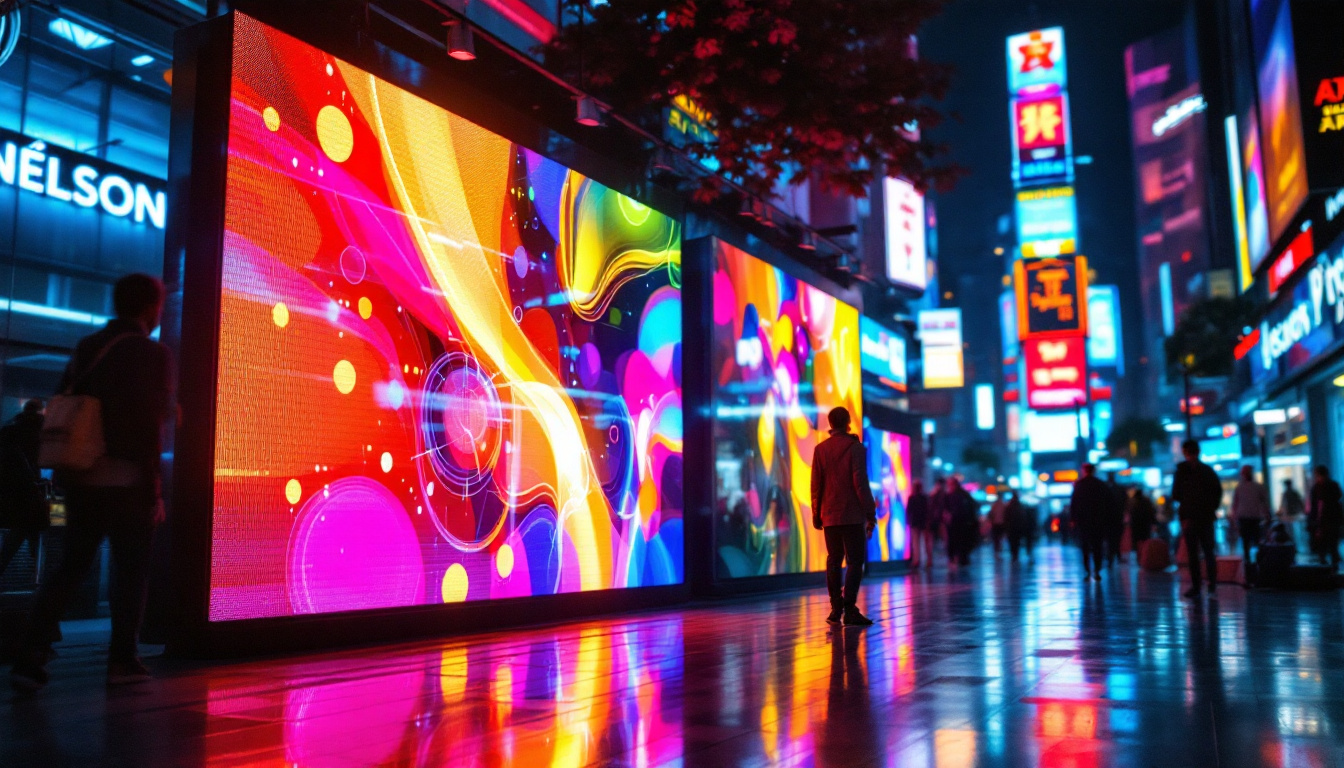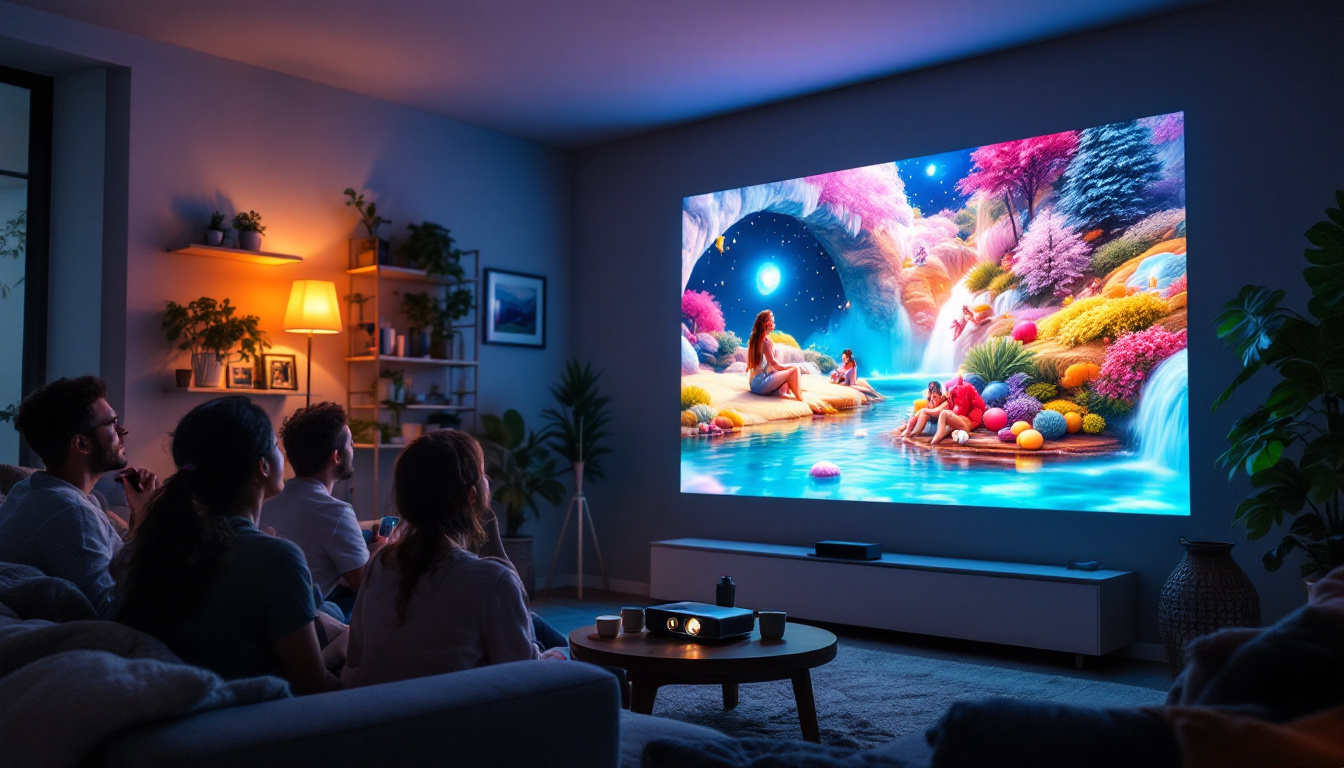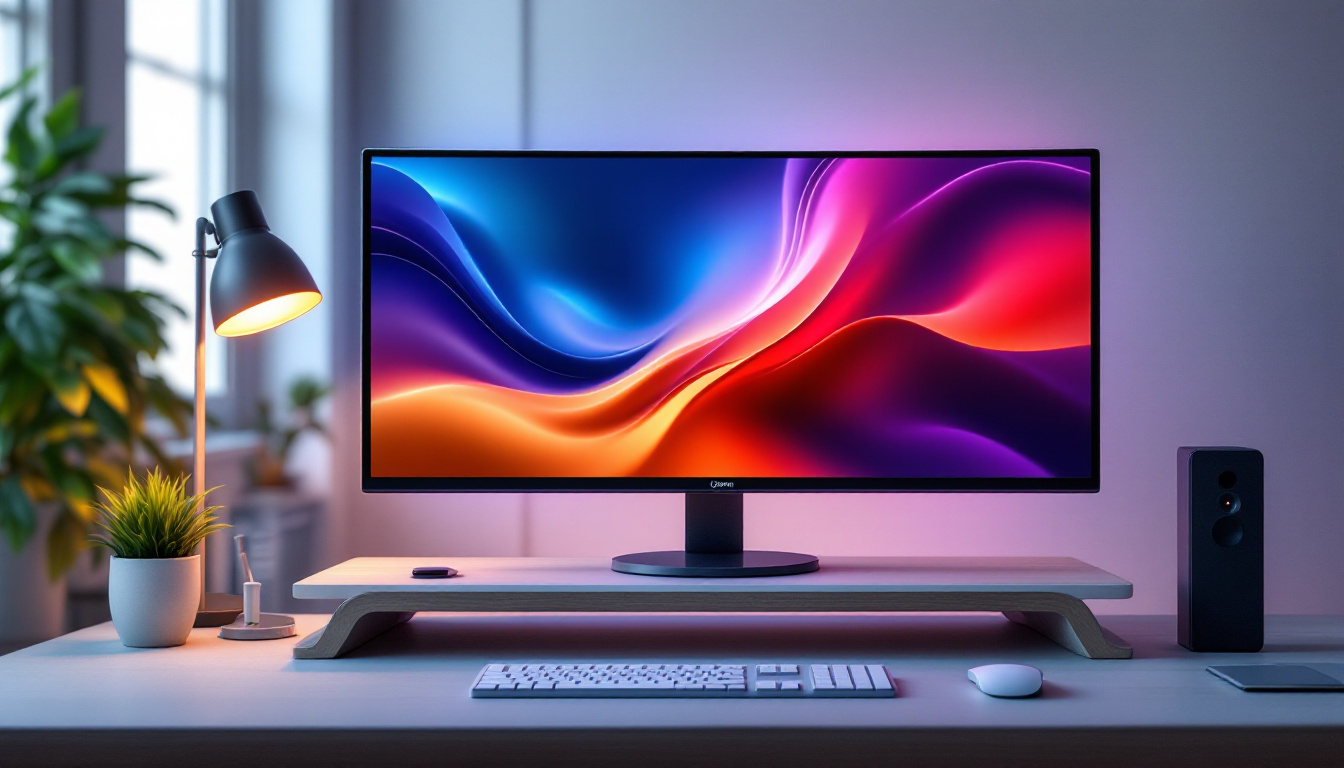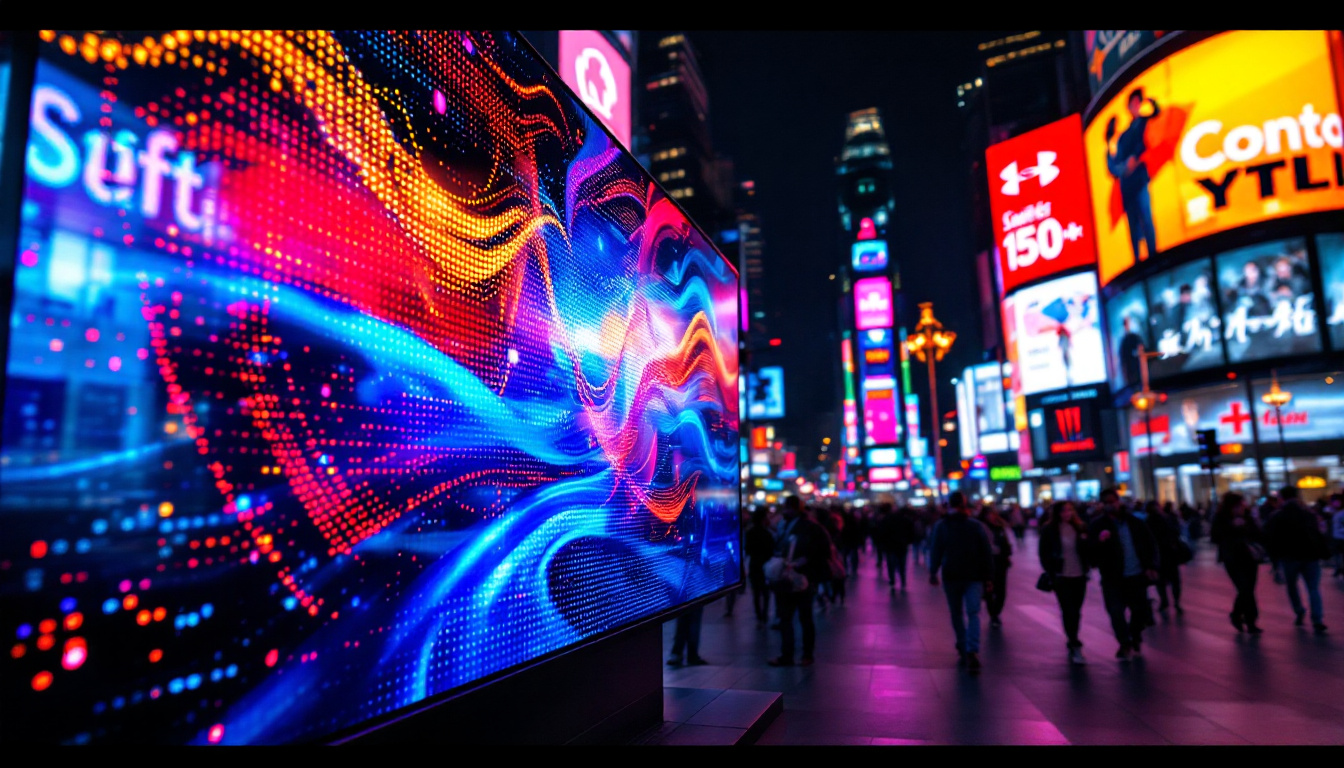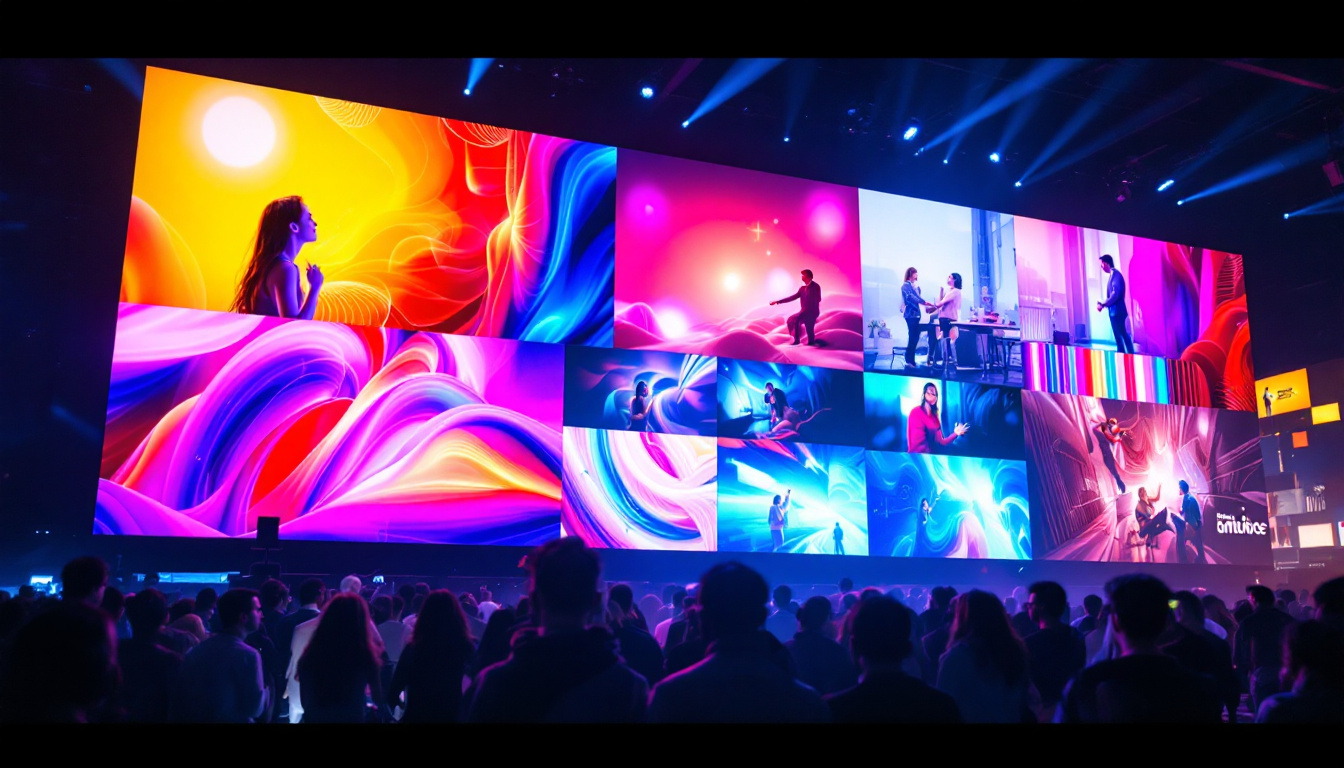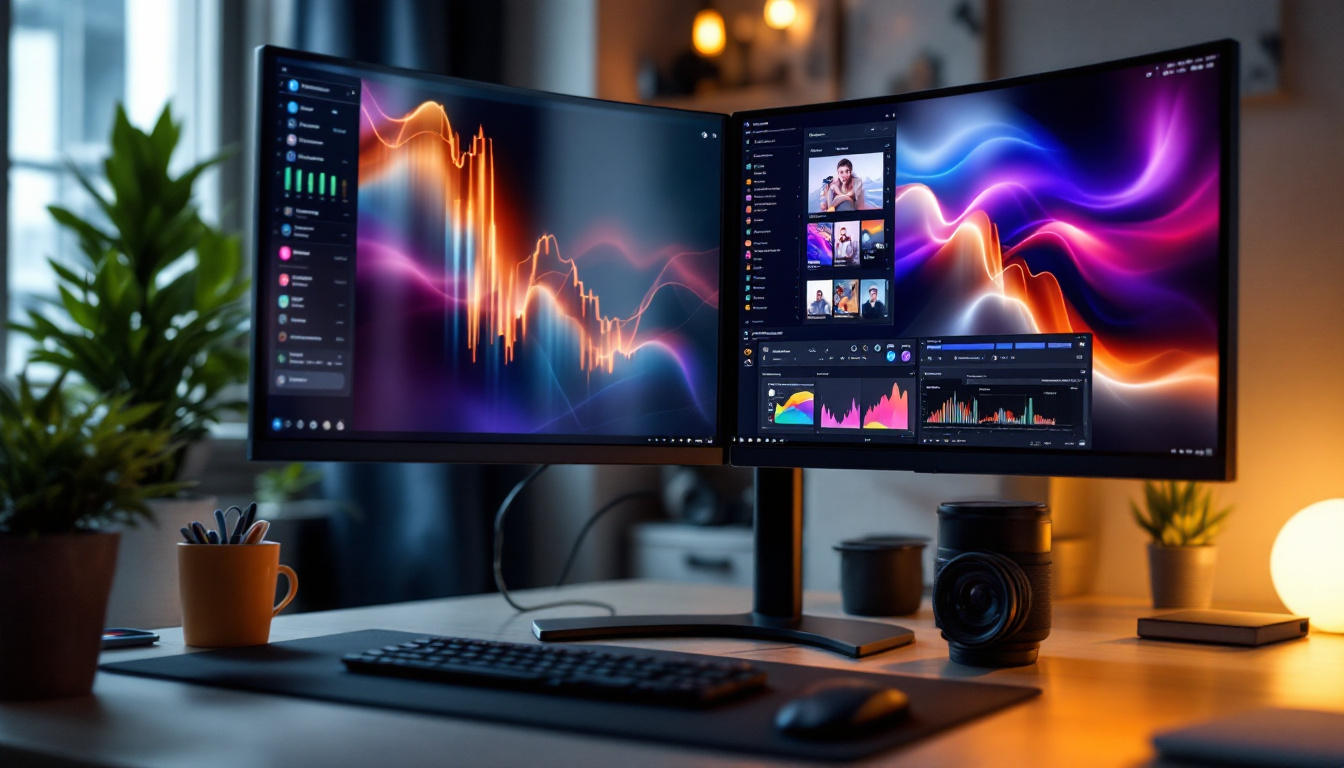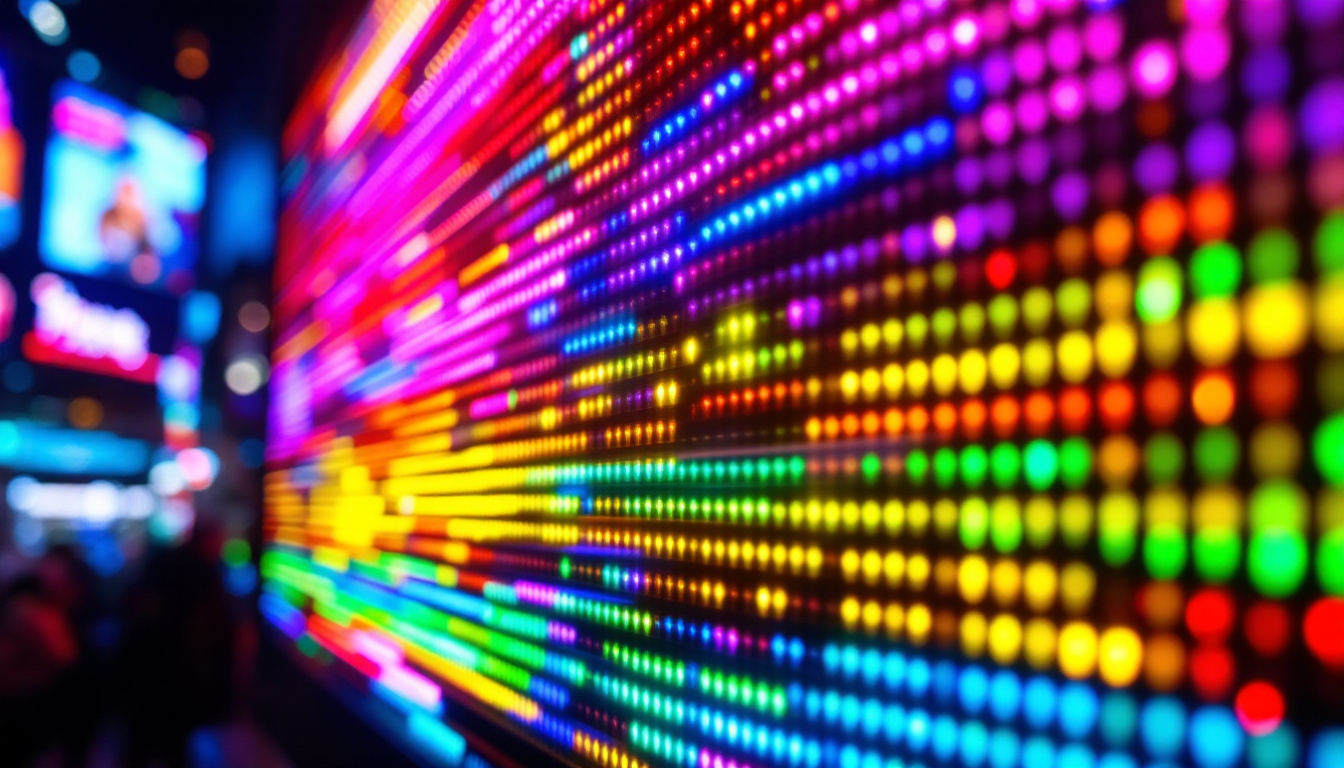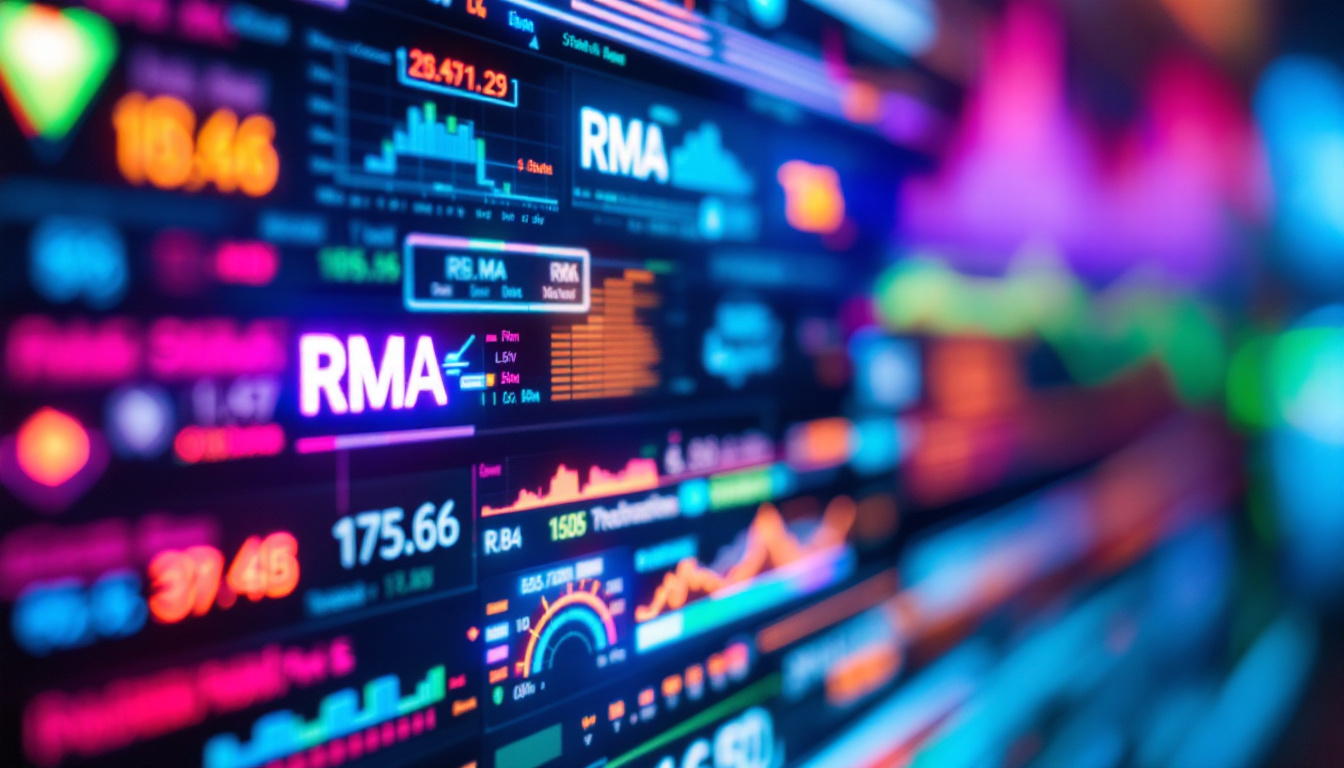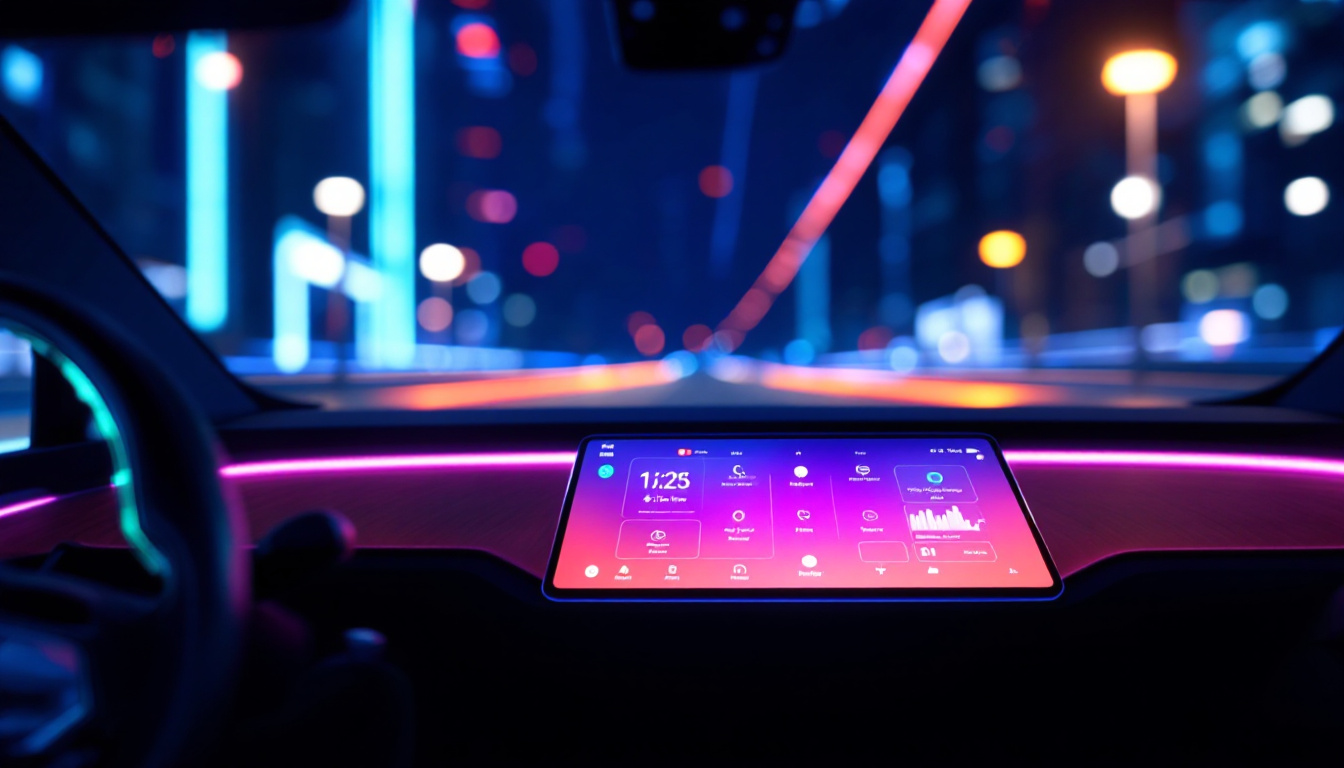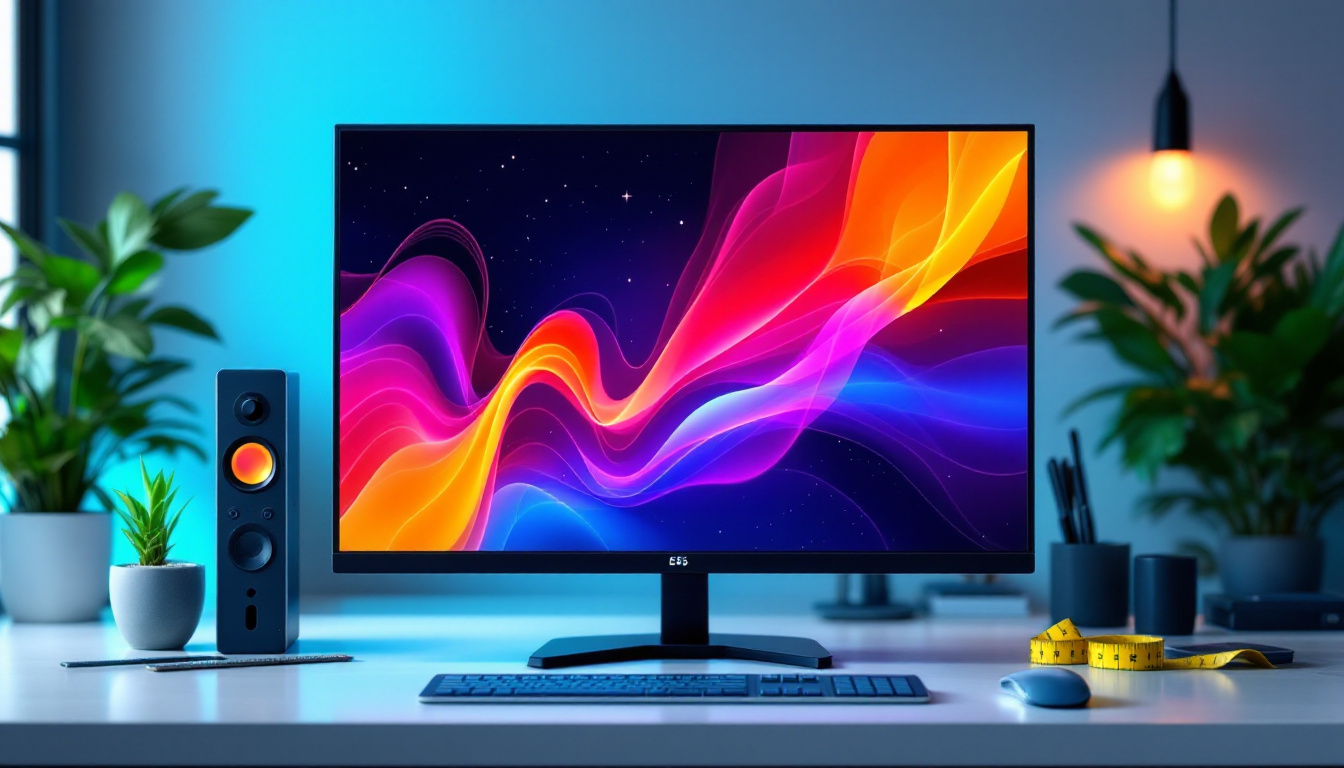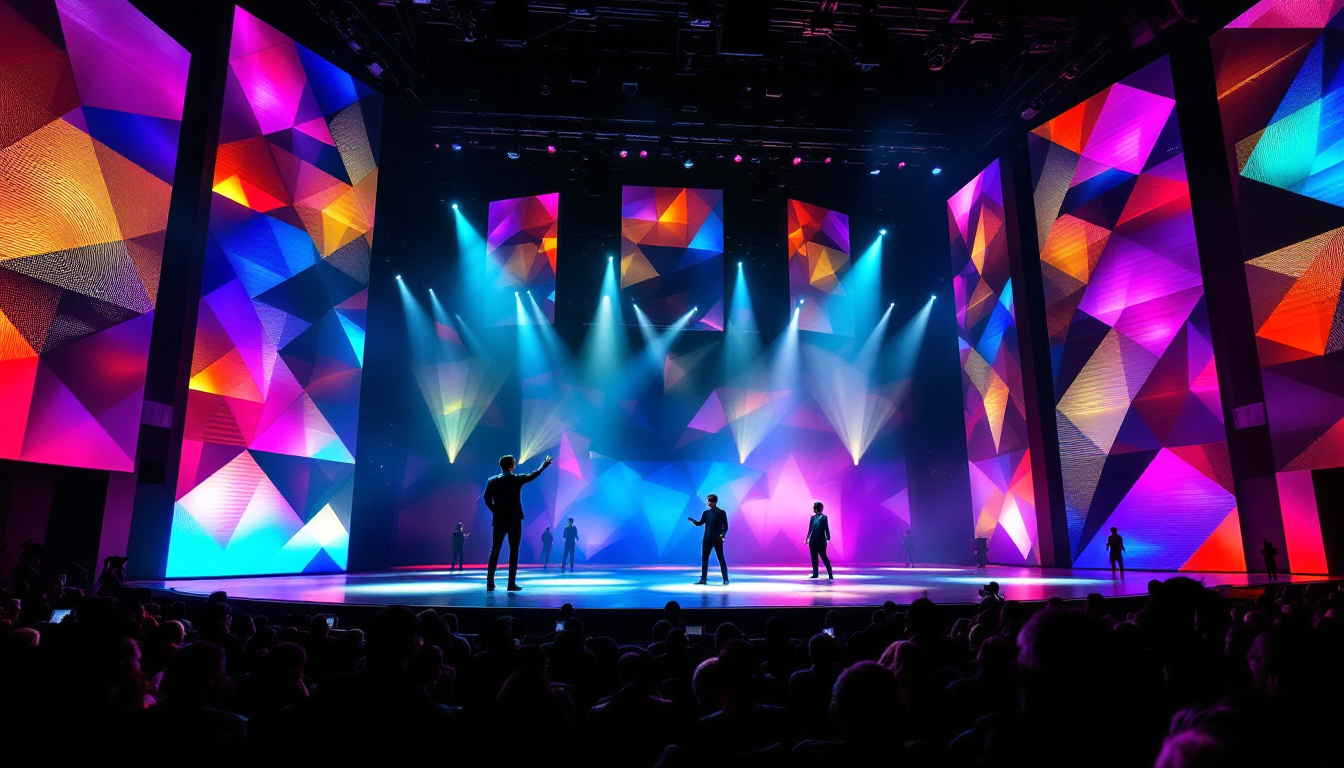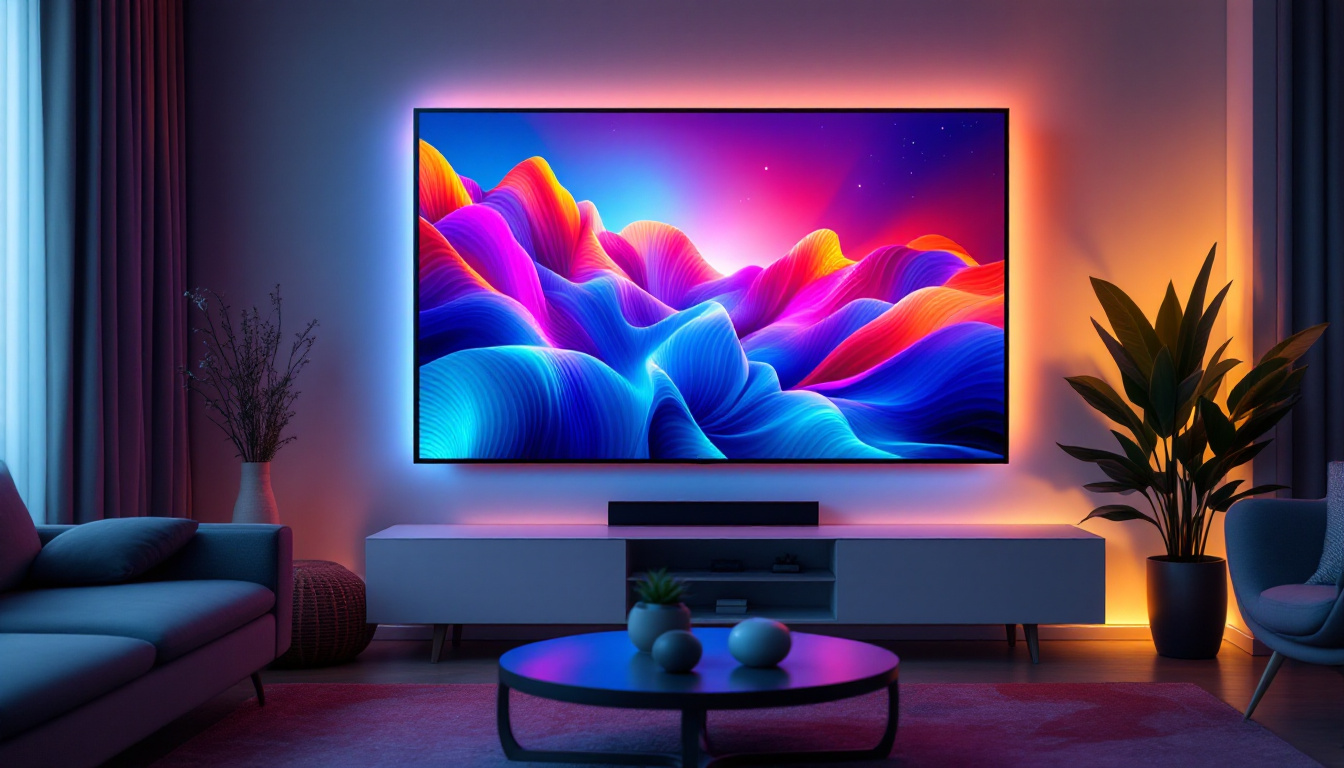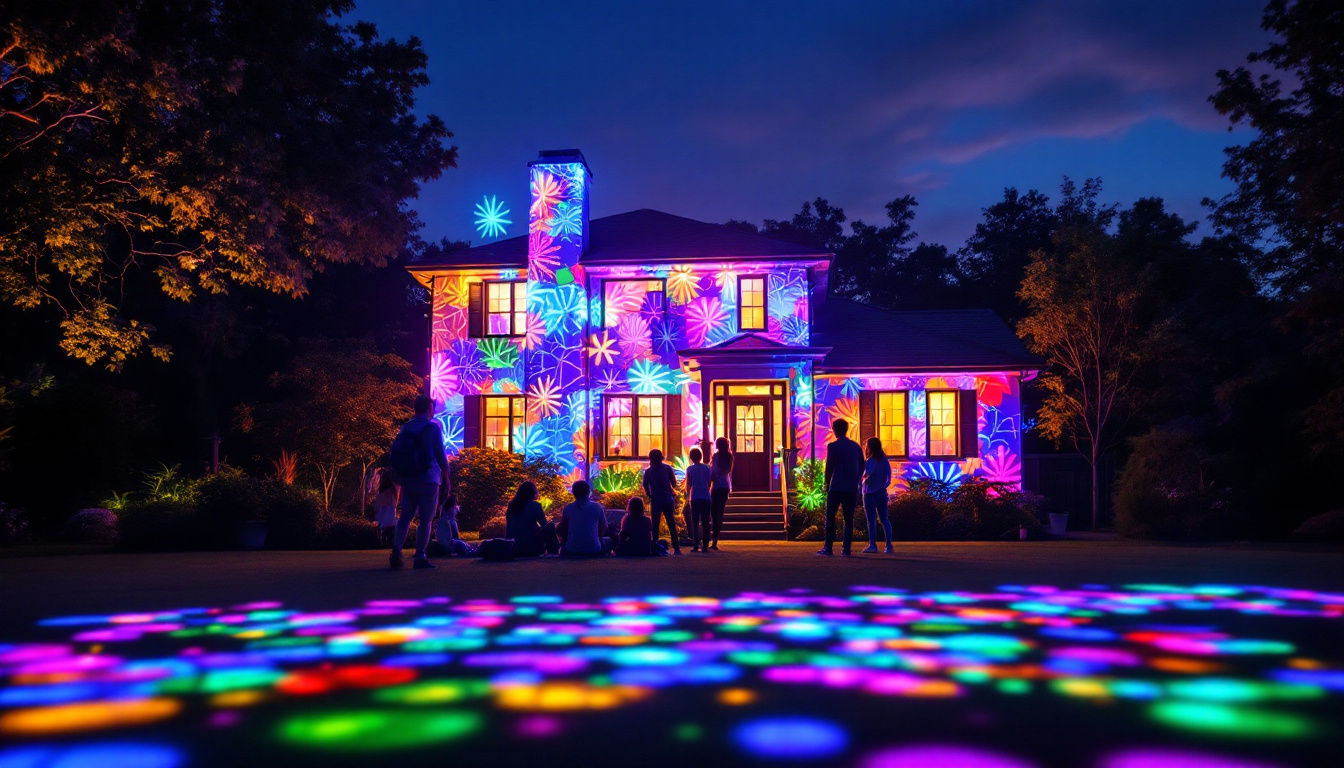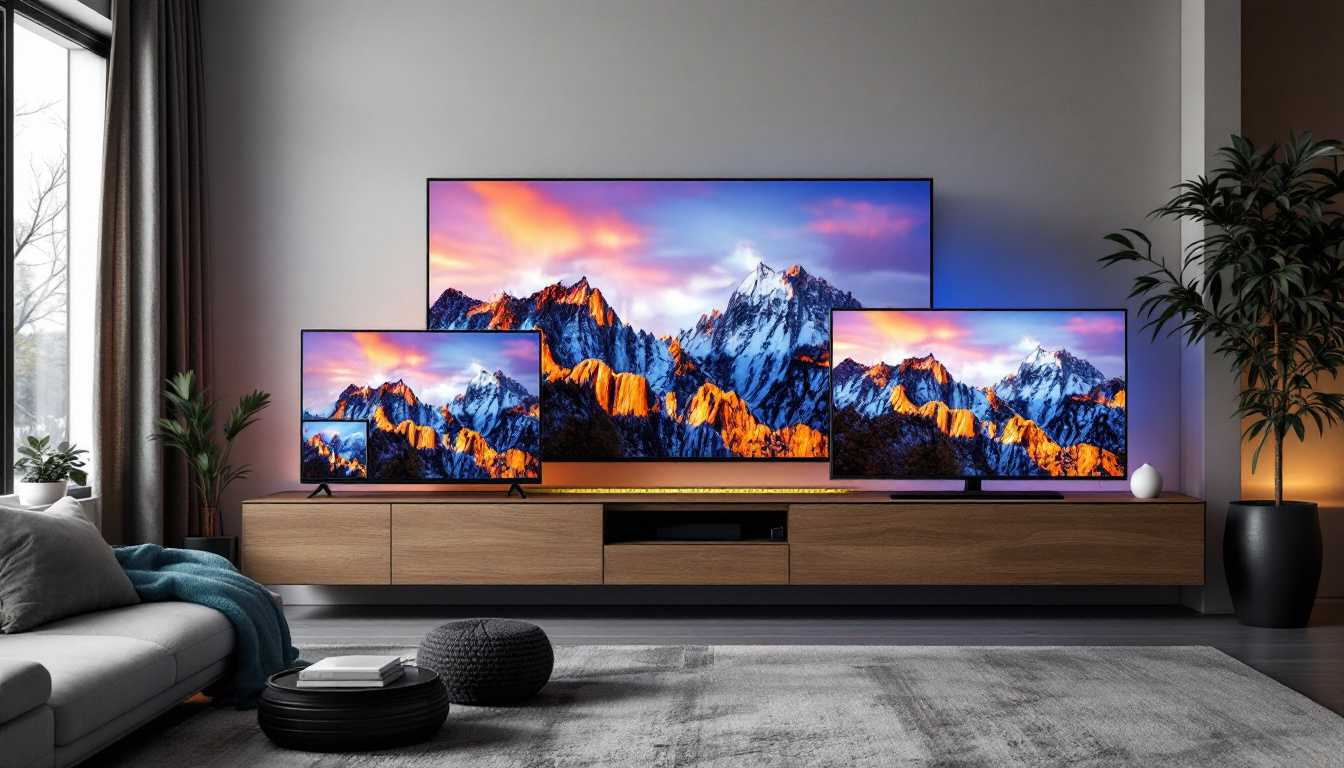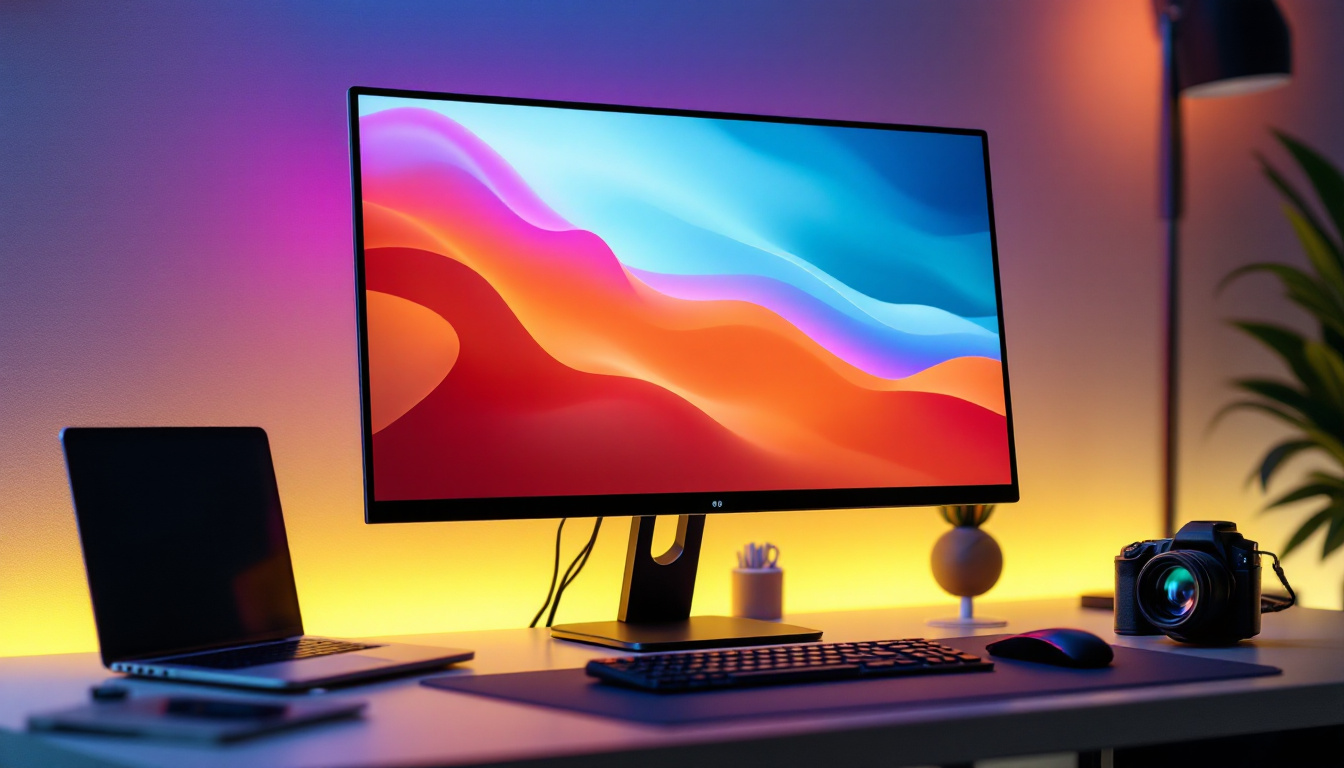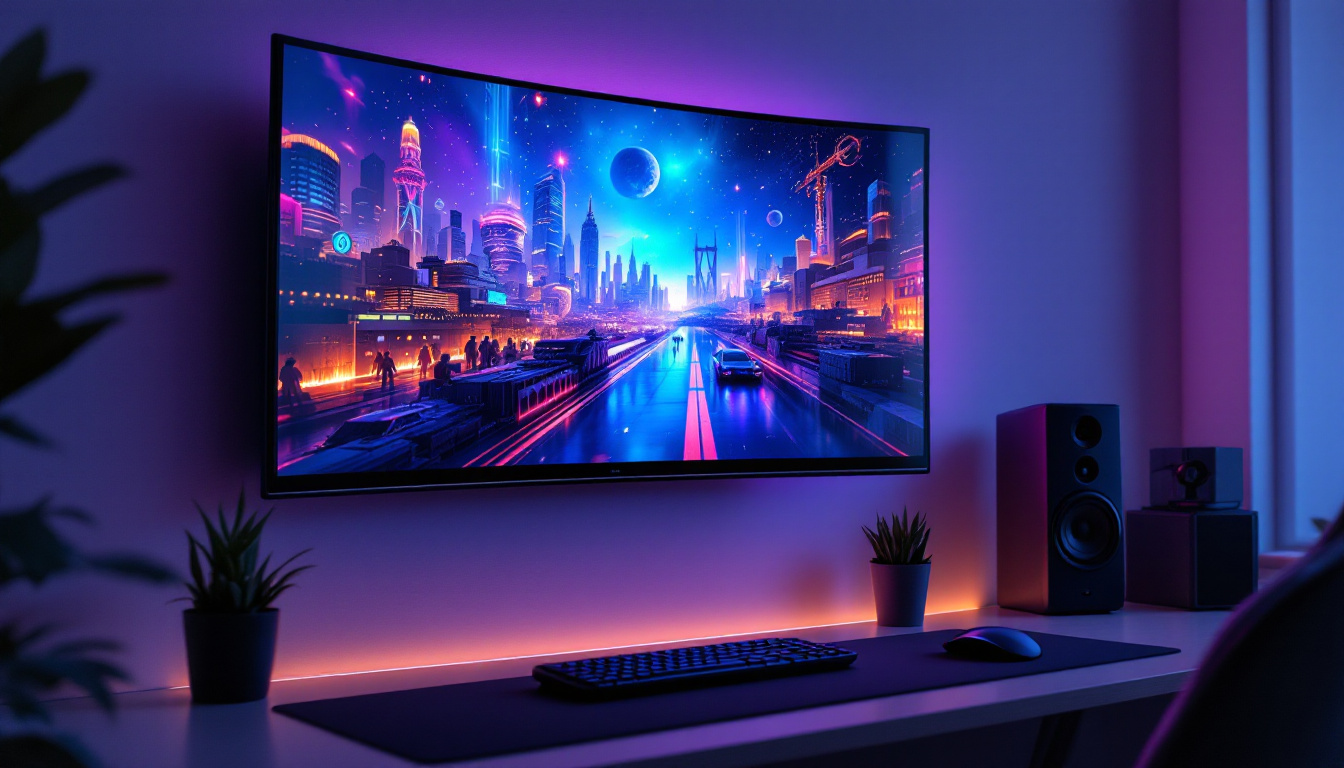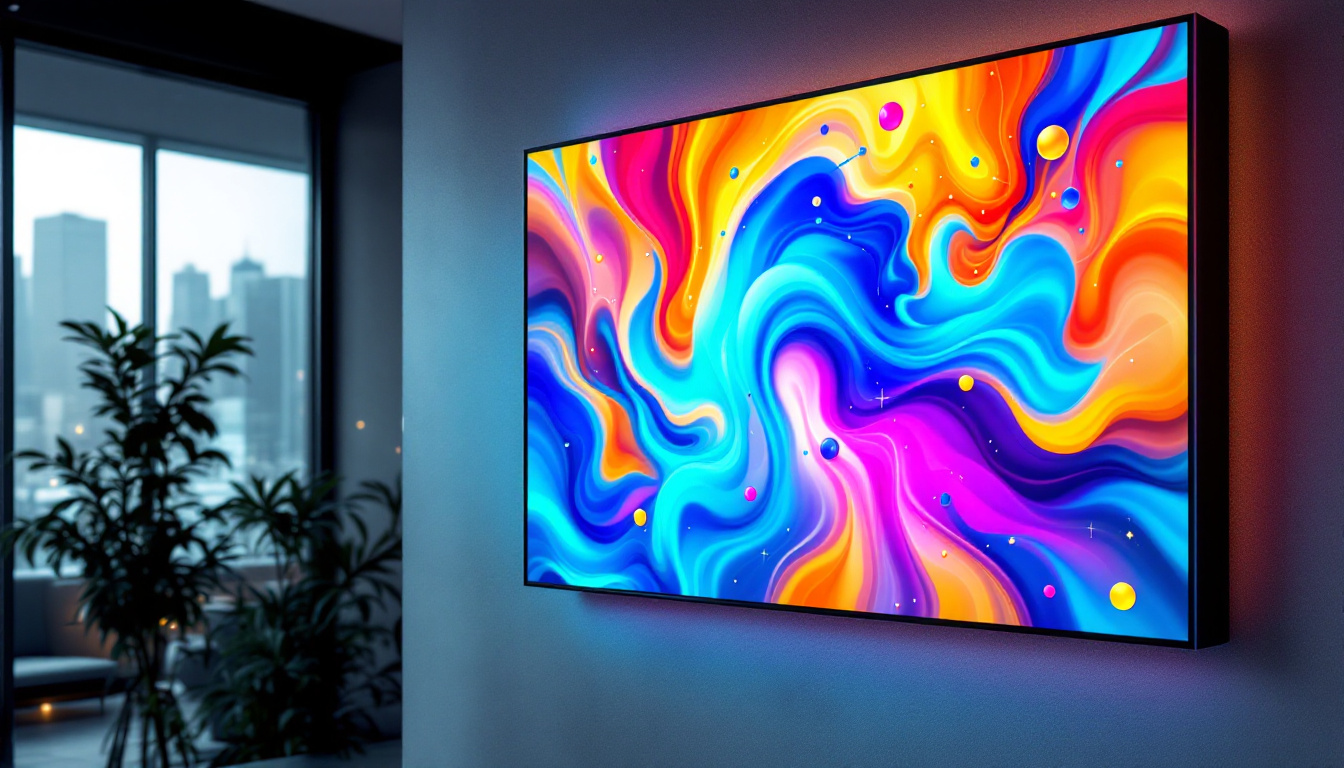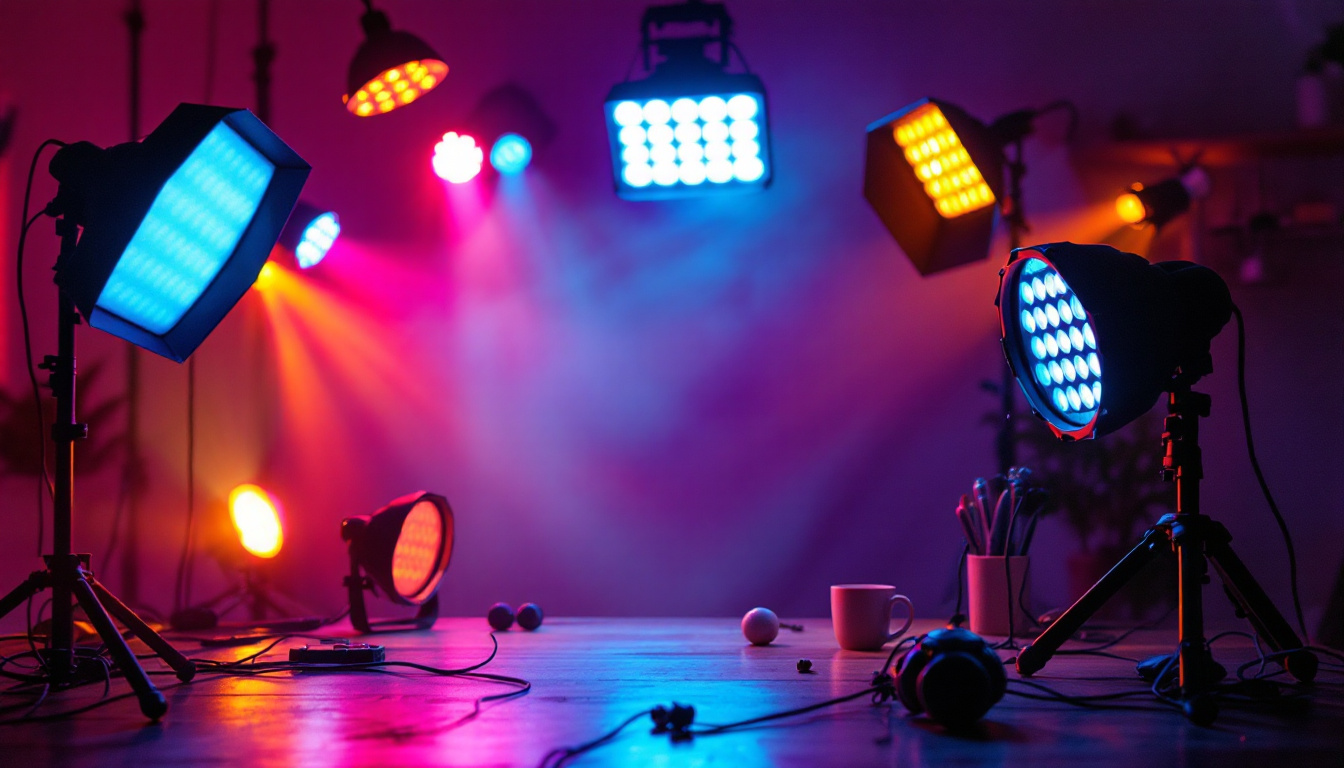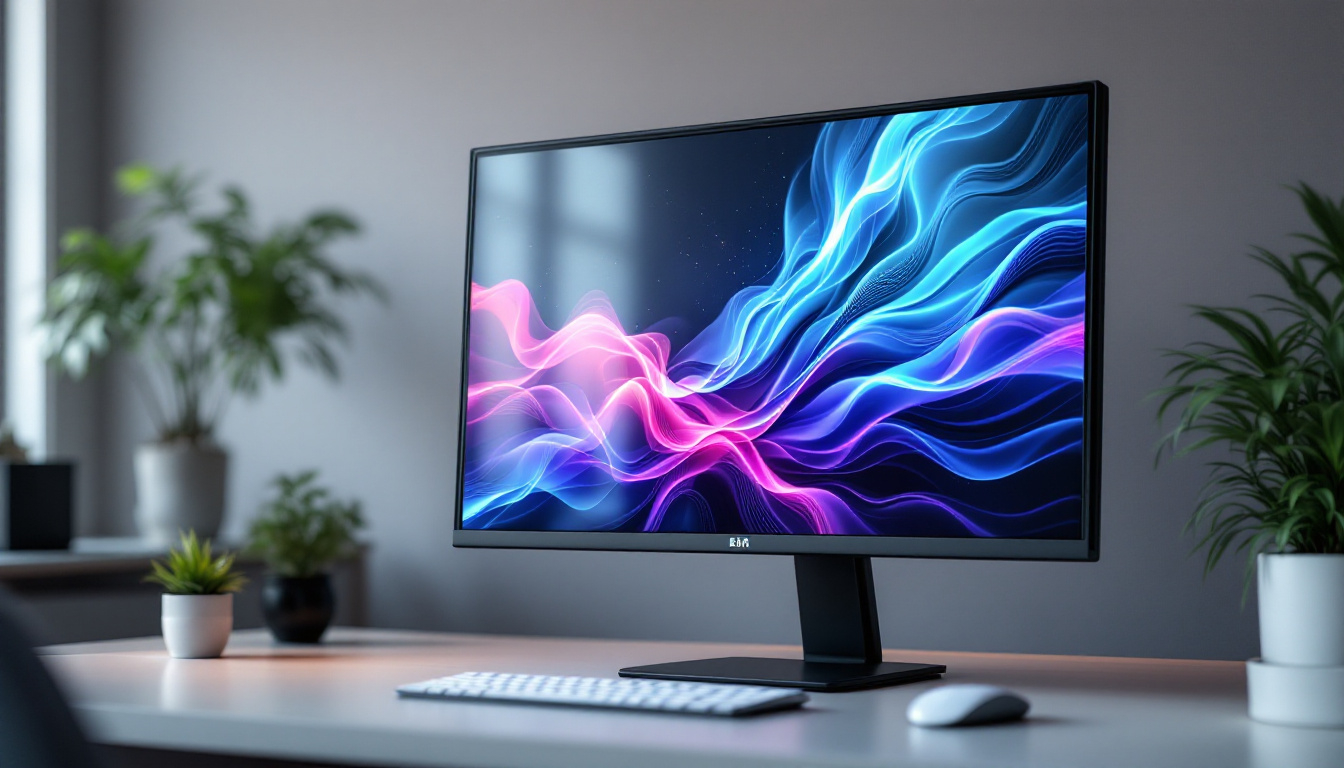What Is The Difference Between LED And OLED: LED Display Explained
In the ever-evolving world of display technology, two terms often come up: LED and OLED. Both have their unique characteristics, advantages, and applications. Understanding the differences between these two technologies can help consumers make informed decisions when purchasing televisions, monitors, or other display devices. This article delves into the intricacies of LED and OLED displays, exploring their construction, performance, and suitability for various uses.
Understanding LED Technology
LED, or Light Emitting Diode, technology has been around for decades and has become a standard in various lighting and display applications. LED displays utilize a backlighting system to illuminate the screen, which is typically made of liquid crystal display (LCD) technology.
How LED Displays Work
At the core of an LED display is a matrix of pixels, each of which can emit light when energized. In traditional LED displays, these pixels are illuminated by a backlight, usually composed of numerous small LEDs. The combination of these pixels and the backlight allows for the display of images and videos. However, the light emitted from the backlight must pass through a liquid crystal layer, which modulates the light to create the desired colors and images.
There are different types of LED technologies, including edge-lit and full-array backlighting. Edge-lit displays have LEDs positioned around the edges of the screen, while full-array displays have LEDs distributed across the entire back of the screen. Full-array displays tend to offer better contrast and color accuracy due to their ability to control local dimming more effectively. This means that in scenes with both bright and dark elements, full-array displays can dim specific sections of the screen to enhance the overall viewing experience, providing deeper blacks and more vibrant colors.
Additionally, advancements in LED technology have led to the development of OLED (Organic Light Emitting Diode) displays, which take the concept a step further by allowing each pixel to emit its own light. This eliminates the need for a backlight altogether, resulting in even greater contrast ratios and more vivid colors. OLED displays are particularly favored in high-end televisions and smartphones for their ability to produce true blacks and a wider color gamut, making them a compelling alternative to traditional LED displays.
Advantages of LED Displays
LED displays are known for several advantages, which make them a popular choice for consumers:
- Brightness: LED displays can achieve high brightness levels, making them suitable for well-lit environments.
- Energy Efficiency: Compared to traditional LCDs, LED displays consume less power, contributing to lower energy bills.
- Longevity: LED technology is known for its durability, with a long lifespan that often exceeds that of other display technologies.
Moreover, LED displays are also praised for their environmental benefits. As they consume less energy, they contribute to a reduction in carbon emissions, making them a more sustainable choice in the long run. Many manufacturers are now focusing on creating energy-efficient models that not only meet consumer demand for high-quality displays but also adhere to environmental standards. This shift towards sustainability is further supported by the recyclability of LED components, which helps minimize waste and promotes a circular economy.
In addition to their practical advantages, LED displays have also transformed the aesthetics of modern design. Their slim profile and lightweight nature allow for innovative installations, such as wall-mounted screens and large video walls in public spaces. This versatility has made LED technology a favorite among architects and designers, who leverage its capabilities to create stunning visual experiences in retail environments, art installations, and even home theaters. The ability to customize sizes and shapes means that LED displays can seamlessly integrate into various design concepts, enhancing both functionality and visual appeal.
Diving into OLED Technology
OLED, or Organic Light Emitting Diode, is a more recent advancement in display technology. Unlike LED displays, OLED screens do not require a backlight. Each pixel in an OLED display is made of organic compounds that emit light when an electric current is applied.
How OLED Displays Work
The self-emissive nature of OLED technology means that each pixel can turn on or off independently. This capability allows for true blacks and a higher contrast ratio since pixels can be completely turned off in dark areas of an image. The vibrant colors and wide viewing angles offered by OLED displays are also due to this unique pixel structure.
OLED technology can be found in various applications, from televisions to smartphones and even wearable devices. The flexibility of OLED panels allows for innovative designs, including curved and foldable displays.
Advantages of OLED Displays
The advantages of OLED technology are significant, making it a favorite among enthusiasts and professionals alike:
- Superior Picture Quality: OLED displays provide exceptional color accuracy and contrast, making them ideal for cinematic experiences.
- True Blacks: The ability to turn off individual pixels results in deep blacks, enhancing the overall image quality.
- Wide Viewing Angles: OLED screens maintain color fidelity and brightness even at sharp viewing angles, unlike traditional LED displays.
Comparing LED and OLED Displays
While both LED and OLED technologies have their merits, they cater to different needs and preferences. A direct comparison can help clarify which technology may be more suitable for specific applications.
Picture Quality
Picture quality is often the most significant differentiator between LED and OLED displays. OLED displays excel in delivering vibrant colors, deep blacks, and high contrast ratios. In contrast, LED displays may struggle with black levels due to their reliance on backlighting.
For consumers who prioritize picture quality, particularly for movie watching or gaming, OLED may be the preferred choice. However, LED displays can still offer impressive visuals, especially with advancements in full-array backlighting and local dimming technologies.
Brightness and Viewing Conditions
Brightness is another critical factor. LED displays typically achieve higher brightness levels than OLED displays, making them better suited for bright rooms or environments with significant ambient light. This characteristic can be crucial for users who watch television in well-lit spaces.
On the other hand, OLED displays may struggle in very bright conditions, as their peak brightness levels are generally lower. However, their superior contrast can still provide an engaging viewing experience in darker settings.
Durability and Lifespan
When it comes to durability, LED displays have an edge. The technology is less susceptible to burn-in, a phenomenon where static images can leave a permanent mark on the screen. OLED displays can experience burn-in if static images are displayed for extended periods, which is a consideration for users who may leave logos or news tickers on screen for long durations.
In terms of lifespan, LED displays generally last longer than OLED displays. While OLED technology has improved significantly, LED displays often have a lifespan of over 50,000 hours, whereas OLED displays may start to degrade after around 30,000 to 40,000 hours of use.
Price Considerations
Price is an essential factor for many consumers when choosing between LED and OLED displays. Generally, OLED displays tend to be more expensive than their LED counterparts. This price difference is due to the advanced technology and manufacturing processes involved in producing OLED panels.
Cost of Ownership
While the initial investment for an OLED display may be higher, it is essential to consider the cost of ownership over time. OLED displays can offer superior energy efficiency, which may lead to lower electricity bills in the long run. Additionally, the enhanced viewing experience may justify the higher price for avid movie watchers or gamers.
Market Trends
As technology continues to evolve, the price gap between LED and OLED displays is gradually narrowing. Manufacturers are investing in OLED technology, leading to increased competition and potentially lower prices in the future. Consumers should keep an eye on market trends, as advancements may make OLED displays more accessible.
Applications of LED and OLED Displays
Both LED and OLED displays have distinct applications that leverage their unique strengths. Understanding these applications can help consumers choose the right technology for their needs.
LED Display Applications
LED displays are widely used in various settings, including:
- Televisions: Many budget-friendly and mid-range televisions utilize LED technology, offering good performance for everyday viewing.
- Commercial Displays: LED displays are commonly found in advertising billboards, digital signage, and large-scale video walls due to their brightness and visibility.
- Computer Monitors: Many office and gaming monitors use LED technology, providing a balance of performance and affordability.
OLED Display Applications
OLED displays are increasingly popular in high-end applications, including:
- Televisions: Premium OLED televisions offer exceptional picture quality, making them a favorite among cinephiles and gamers.
- Smartphones: Many flagship smartphones utilize OLED screens for vibrant colors and deep blacks, enhancing the user experience.
- Wearable Devices: The flexibility of OLED technology allows for innovative designs in smartwatches and fitness trackers.
Future of Display Technology
The future of display technology is promising, with ongoing research and development in both LED and OLED technologies. Innovations such as MicroLED and MiniLED are emerging, offering new possibilities for display performance.
MicroLED Technology
MicroLED is a newer technology that combines the best aspects of both LED and OLED. It consists of tiny, self-emissive LEDs that can deliver exceptional brightness, contrast, and color accuracy without the drawbacks of burn-in associated with OLED. As MicroLED technology matures, it may become a viable alternative to both LED and OLED displays.
Advancements in OLED
OLED technology continues to evolve, with manufacturers working to address issues such as burn-in and lifespan. Newer OLED panels are being developed with improved materials and processes, which may enhance their durability and performance.
Conclusion
In summary, the choice between LED and OLED displays depends on various factors, including picture quality, brightness, durability, price, and intended applications. LED displays are an excellent choice for budget-conscious consumers and those who require high brightness levels, while OLED displays offer superior picture quality and viewing experiences for enthusiasts.
As technology advances, both LED and OLED displays will continue to improve, providing consumers with even more options for their viewing needs. Understanding the differences between these technologies can empower consumers to make informed decisions that best suit their preferences and lifestyles.
Explore Cutting-Edge LED Displays with LumenMatrix
Ready to elevate your visual experience with the latest in LED display technology? Look no further than LumenMatrix, a pioneer in crafting LED display modules that bring your brand to life. Whether you’re in need of an Indoor LED Wall Display for your business, an Outdoor LED Wall Display for advertising, or any of our other innovative solutions like Vehicle LED Displays and Custom LED Displays, LumenMatrix has you covered. Embrace the future of visual communication and captivate your audience with unparalleled clarity and impact. Check out LumenMatrix LED Display Solutions today and transform the way you share your message.

